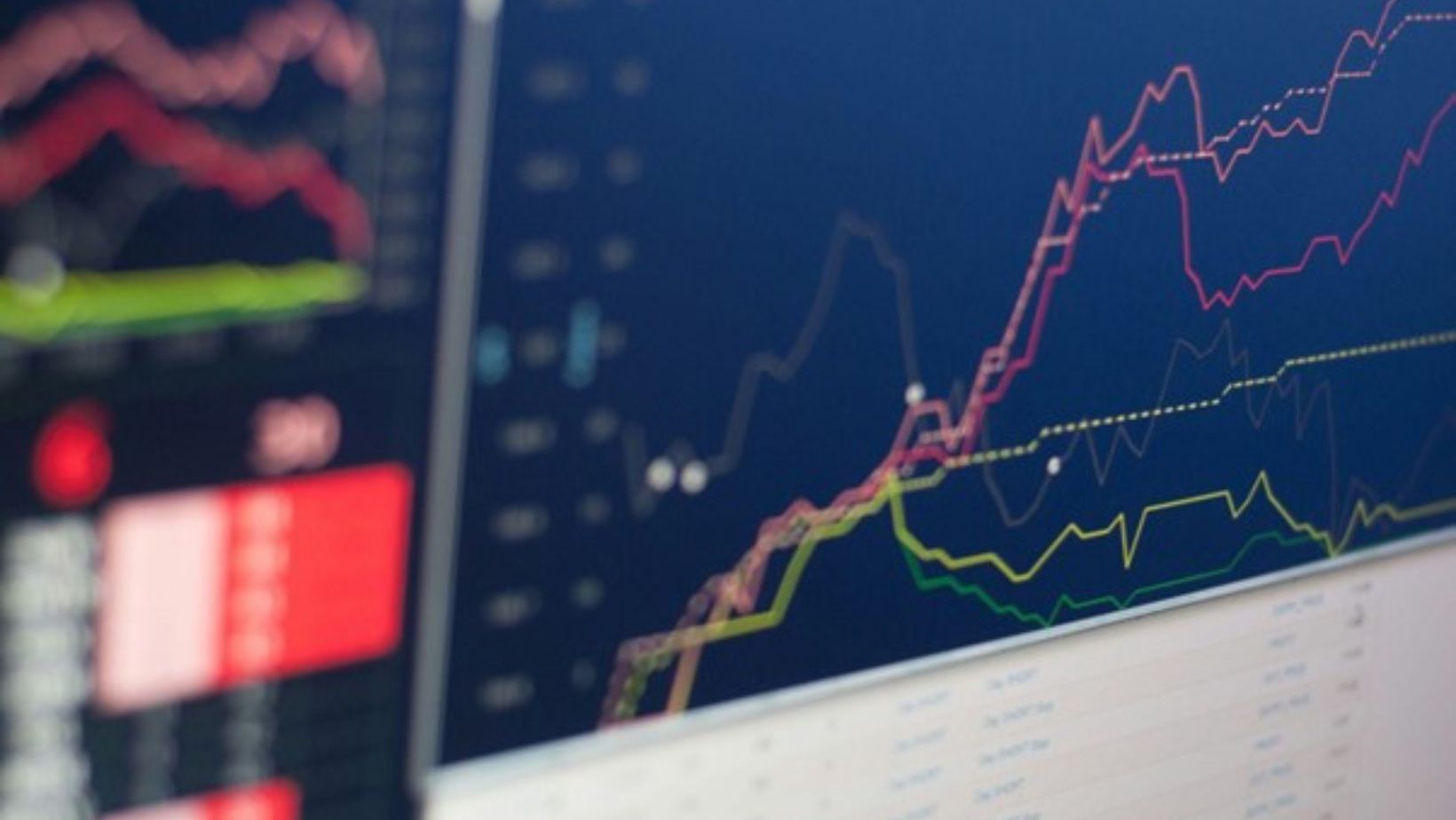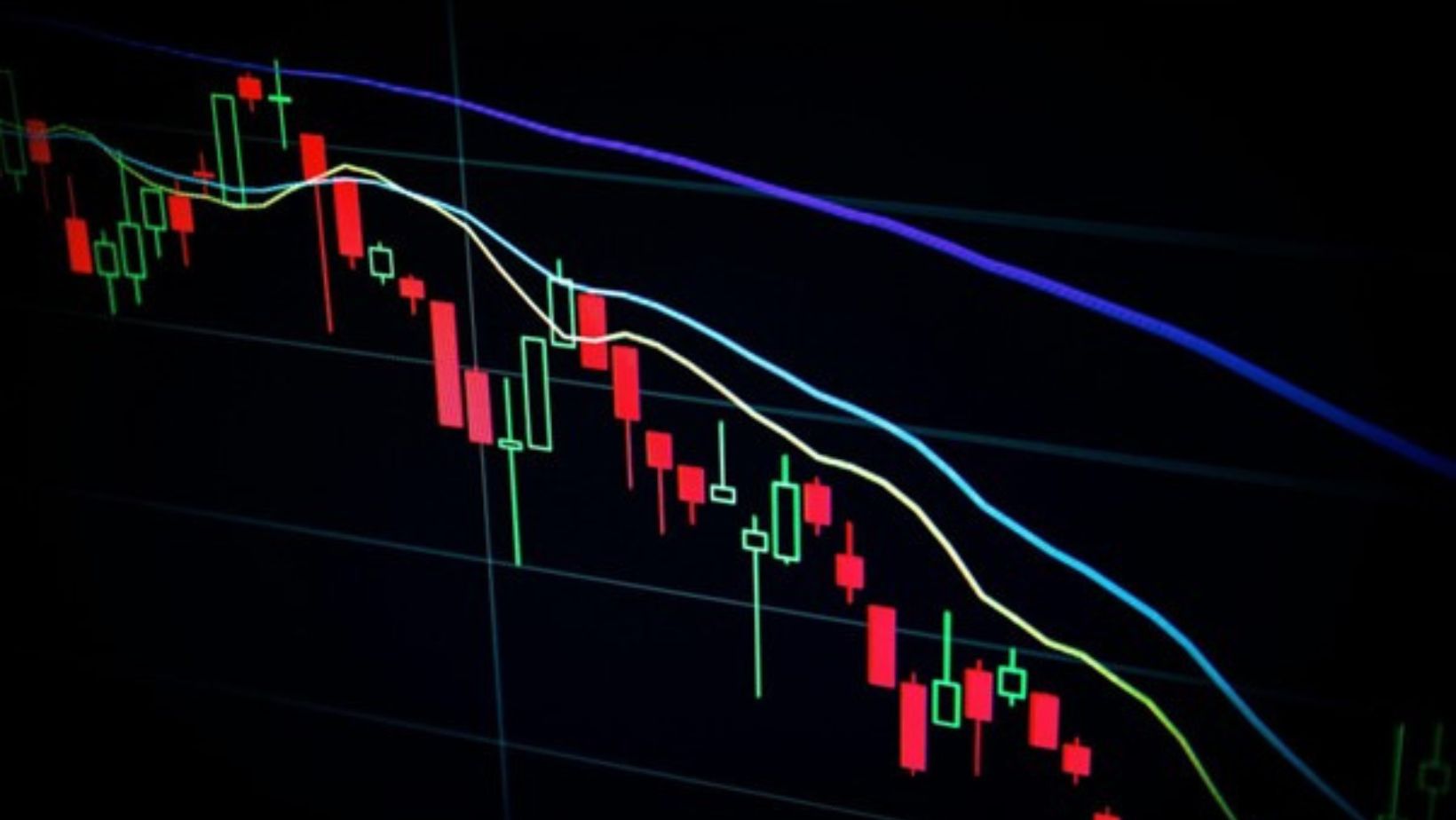Technological advancements have dramatically reshaped the financial markets over the past few decades. One of the most significant developments in this evolution is automated trading, which employs advanced algorithms to perform trades with unparalleled speed and efficiency compared to human traders. As the financial landscape continues to change, the integration of artificial intelligence (AI) into these systems heralds a new era of trading.
Automated trading systems are now a fundamental part of modern financial markets, executing a large volume of trades daily. These systems utilize predefined rules and algorithms to make trading decisions, effectively removing the emotional biases that often plague human traders. With AI tools’ capabilities, these systems can now learn from vast amounts of data, uncover patterns, and make highly accurate predictions.
Automated crypto AI trading bot embodies the merger of two cutting-edge technologies: artificial intelligence and blockchain. These bots tirelessly scan markets, analyze trends, and execute trades with remarkable precision. This article explores the world of AI-powered trading bots, highlighting their benefits, challenges, and future potential.
Revolutionizing Trading: The Basics
Automated trading has a long history, dating back to the early days of algorithmic trading. Initially, simple programs were designed to exploit market inefficiencies. Over time, these systems have evolved to include more sophisticated algorithms, incorporating AI and machine learning. This evolution from basic algorithmic trading to AI-powered bots marks a significant shift in how trades are executed.
Artificial intelligence plays a crucial role in enhancing automated trading strategies. By applying machine learning techniques, AI algorithms can analyze large datasets to uncover hidden patterns and trends that might be missed by traditional methods. These insights facilitate the development of more effective trading strategies that can adapt to changing market conditions.
AI can also be utilized in the form of real time sentiment analysis of specific stocks or the market in general, helping traders understand potential market movements about to take place. Visit StockGeist.ai to see first hand how this is possible and how the data presents itself to traders and investors.
The Mechanics of AI-Powered Trading
AI-powered trading systems comprise several key components that work together to achieve optimal trading performance. Data collection and preprocessing are the first steps, ensuring that high-quality, real-time data is available for decision-making. The next step is model training and algorithm development, where machine learning techniques are used to train the AI model on historical data.
Backtesting strategies and optimization are critical to evaluating the model’s performance before it is deployed in live markets. Finally, real-time execution and monitoring ensure the bot continuously adapts to market conditions, executing trades based on the most current data.
The Advantages
One of the primary benefits of AI-powered trading bots is their efficiency and speed. These bots can execute trades in milliseconds, capitalizing on market opportunities that may only exist for a brief moment. This capability is particularly valuable in high-frequency trading, where speed is crucial.
AI-powered bots offer continuous market monitoring and operation. Unlike human traders, who need rest and cannot monitor markets around the clock, these bots can operate 24/7, ensuring no trading opportunities are missed.

Another significant advantage is the reduction of human error and emotional trading. Emotions such as fear and greed often lead to irrational decisions and losses. AI-powered bots operate based on logic and data, ensuring that trades are executed according to the predefined strategy without emotional interference.
Challenges and Risks
Despite their many benefits, AI-powered trading bots also pose several challenges and risks. One primary technical challenge is ensuring data quality. Poor-quality data can lead to inaccurate predictions and losses. Overfitting, where the model performs well on historical data but poorly in live markets, is another common issue.
Market risks include flash crashes and algorithmic anomalies, which occur when bots react to market conditions in unexpected ways, leading to rapid price movements and potential market disruptions. The complex nature of AI algorithms can also make it difficult to fully understand and predict their behavior.
Regulatory concerns and compliance issues are significant challenges. Financial regulators are increasingly scrutinizing the use of AI in trading to ensure market stability and fairness. Traders must navigate these regulations to avoid penalties and ensure their bots operate within legal boundaries.
Ethical considerations, such as market manipulation and transparency, are also important. The use of AI in trading raises questions about fairness and the potential for exploitation. Ensuring that AI-powered bots operate transparently and ethically is essential for maintaining trust in financial markets.
Real-World Applications
Several financial institutions have successfully implemented AI-powered trading bots. For instance, 3Commas have developed sophisticated AI algorithms that contribute to their trading operations. This bot has demonstrated the ability to generate significant profits by identifying and exploiting market inefficiencies.
Individual traders also have access to AI trading platforms like MetaTrader and QuantConnect. These platforms offer tools for developing and deploying custom AI trading strategies, enabling individual traders to compete with institutional investors.
The Future Landscape
The future of automated trading is likely to be shaped by several emerging trends. Advances in AI and machine learning will continue to enhance the capabilities of trading bots, making them more effective and adaptable. Additionally, the development of quantum computing could revolutionize trading algorithms, enabling even faster and more complex computations.

AI is expected to play a significant role in shaping future financial markets and trading practices. As AI technology continues to evolve, it will likely lead to the creation of more sophisticated and efficient trading systems. However, balancing technological innovation with regulatory oversight will be crucial to ensure market stability and fairness.
Conclusion
In conclusion, AI-powered trading bots represent a significant advancement in automated trading. These systems offer numerous benefits, including increased efficiency, reduced human error, and enhanced data analysis capabilities.
However, they also present challenges and risks that must be carefully managed. As AI technology continues to evolve, it holds the potential to transform financial markets and trading practices, paving the way for a new era of innovation and efficiency.